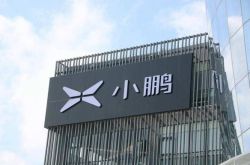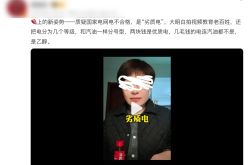Self-Research vs. Suppliers: Exploring the Optimal Path for Intelligent Driving
![]() 05/14 2025
05/14 2025
![]() 675
675
As the automotive industry embarks on the era of intelligentization, 'intelligent driving systems' have emerged as a critical battleground for leading automakers. Amidst the rapid evolution of autonomous driving technology, automakers must weigh the pros and cons of self-research versus relying on external suppliers. Each approach has its distinct advantages.
Self-research enables companies to maintain control over the technology and cultivate differentiated competitive advantages, but it necessitates significant investments and carries inherent risks. On the other hand, partnering with suppliers facilitates the swift integration of mature solutions and reduces R&D costs, albeit potentially limiting the company's flexibility due to the suppliers' technical roadmap and iteration pace.

Self-Research Model
Pioneers in self-research include new energy vehicle makers such as Tesla, XPeng, and NIO. Tesla, for instance, initially utilized Mobileye's camera processing chips and algorithms in its Autopilot system but later terminated the partnership in 2016 to develop its own hardware suite for autonomous driving. This suite, comprising Tesla's proprietary neural network acceleration chips and an optimized layout of cameras, radars, and other sensors, operates efficiently on an 'in-house platform'. Leveraging driving data from millions of vehicles worldwide, Tesla continuously refines its algorithms via OTA (Over-The-Air) updates, achieving rapid advancements in perception, decision-making, and planning.
Under the self-research model, companies not only master the underlying computing hardware but also possess a comprehensive software ecosystem, enabling continuous algorithm optimization based on vehicle-specific characteristics and driving scenarios. This approach boasts fast iteration speeds and significant advantages in closed-loop data.
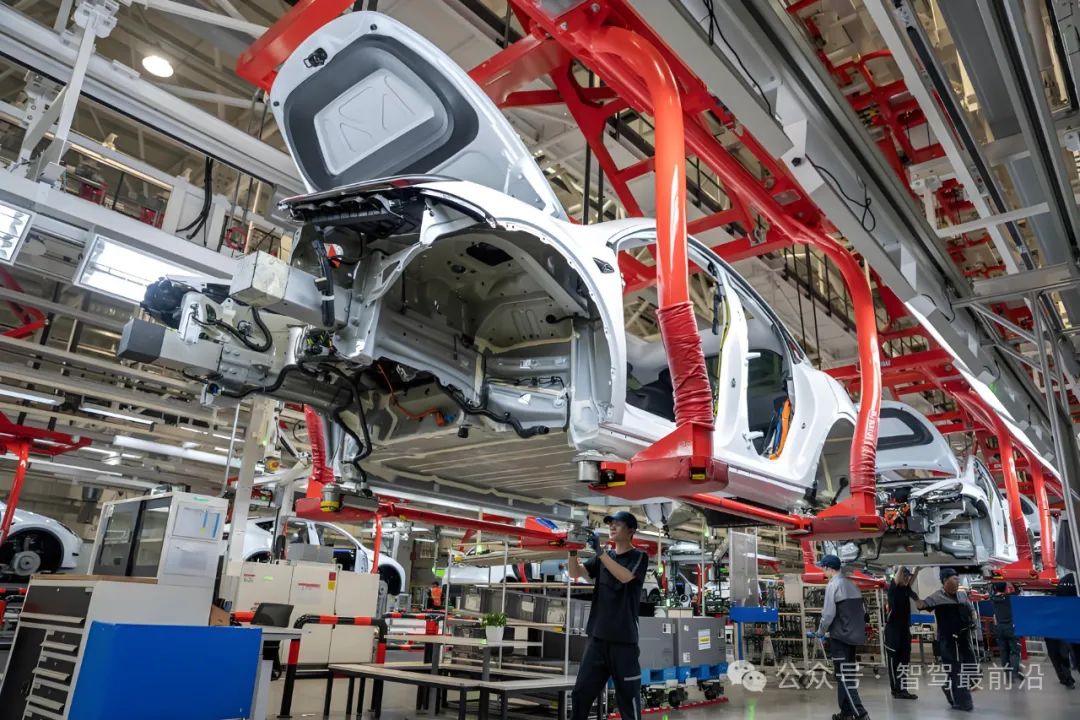
However, self-research entails extremely high R&D costs and demands robust software and hardware technical reserves. Tesla's decision to terminate its Mobileye partnership was due to overly aggressive technical requirements; other automakers embarking on this path face similar substantial upfront investments and safety responsibility risks. Even XPeng, which later focused on autonomous driving, extensively uses self-developed technologies in its XPILOT system's perception and decision-making algorithms, while relying primarily on general-purpose chips like NVIDIA Orin for the hardware platform. NIO's autonomous driving system, though using Mobileye's EyeQ4 chips at the hardware level, still relies on NIO for independent software algorithm and data management development, embodying a model that leans towards joint self-sufficiency in software and hardware.
These cases illustrate that the self-research model fosters unique technical routes and data barriers but requires a longer maturation period and bears the cost of resolving potential algorithmic safety hazards.

Supplier Solutions
Conversely, traditional automakers and some commercial vehicle sectors tend to rely more on established suppliers' solutions. Volkswagen and Ford, for example, typically outsource the core components of their autonomous driving systems (like visual processing, radar fusion, and sensor suites) to Tier-1 suppliers like Mobileye and Bosch. Volkswagen utilizes Mobileye's camera chips and ADAS algorithms across multiple models, while its latest Travel Assist autonomous driving feature combines Mobileye's EyeQ series processors with other sensors. Ford's Co-Pilot360 system similarly integrates Mobileye's vision technology and various radar/ultrasonic sensors.
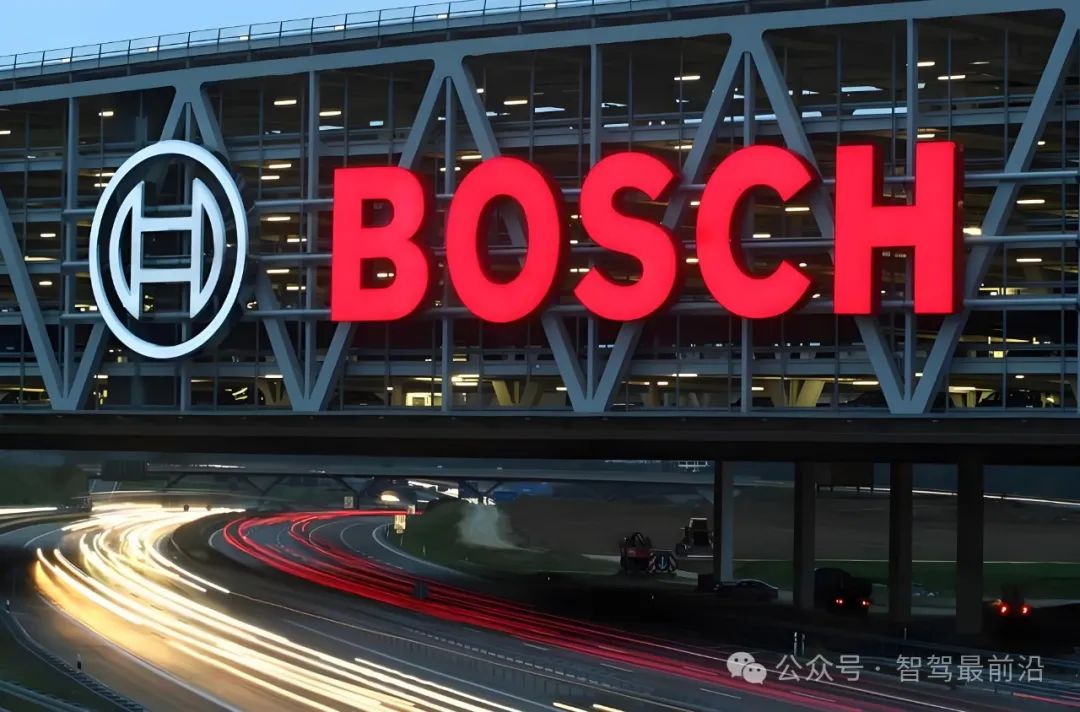
Furthermore, suppliers like Bosch and Magna offer mature products in hardware aspects such as millimeter-wave radars, automatic braking, and steering actuators, enabling automakers to integrate them based on their needs. Emerging domestic solution providers like Horizon Robotics supply AI chips and visual computing platforms to automakers; Great Wall Motors, for instance, uses Horizon's CPU+NPU chip architecture in its intelligent driving system. This 'buy-off-the-shelf' model substantially shortens the development cycle and reduces the complexity of independent R&D.
Suppliers often specialize in a particular technology field, such as Mobileye's expertise in camera-based visual perception and path planning, and Bosch's in radar systems and vehicle control. Leveraging years of accumulated technical reserves and global validation, OEMs can rapidly implement advanced driver assistance functions and provide relatively stable safety.
However, the drawbacks of this model are evident. Automakers have less control over the core technology and struggle to establish differentiated competition. Suppliers provide standardized products, leading to product homogenization when various automakers use the same technology. Additionally, suppliers usually restrict data access, making it challenging for automakers to obtain substantial real-world driving data to optimize algorithms, relying solely on suppliers' functional upgrades, which slows down iteration speeds. The 2016 split between Mobileye and Tesla underscores the risks inherent in the supplier-automaker relationship, highlighting the potential for conflict over performance requirements and safety.

Which Model is Better?
From a technical standpoint, both self-research and supplier models exhibit unique characteristics in perception, decision-making, hardware adaptability, and other aspects.
In the perception system, self-research manufacturers often have the flexibility to select sensor solutions and even develop dedicated chips. For example, Tesla's Model 3 and above utilize a layout of 8 cameras, front and rear radars, and 12 ultrasonic radars (with the latest hardware removing radars) and have developed their own neural network acceleration chips. XPeng's P7 and other models also employ a multi-sensor fusion system combining cameras, lidars, and radars, with full-stack self-developed algorithms for data processing. This integrated solution ensures sensors, computing hardware, and algorithms are tightly coupled, enabling optimal configuration based on vehicle wiring harnesses, field of view angles, computing resources, etc. In contrast, manufacturers using supplier solutions tend to adopt the supplier's existing sensor suites and algorithms, limiting significant custom adjustments to the system.
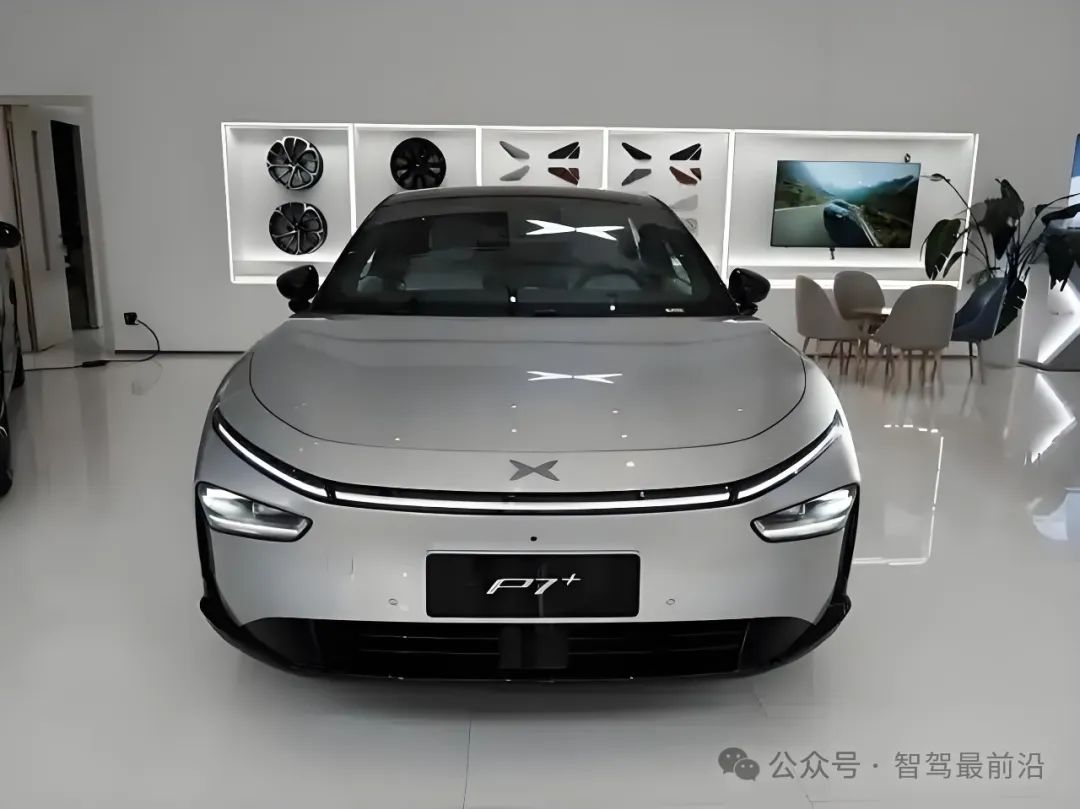
At the decision-making and planning level, the primary differences lie in software algorithms and data resources. Self-research teams design unique decision-making logic based on their vehicle dynamics and driving habits, receiving more direct feedback from continuous iterations. When relying on suppliers, automakers often receive highly encapsulated modular functions lacking transparency in the underlying algorithms. For example, Tesla's system continuously learns from human driver behavior, attempting human-like operations (like lane changes and automatic roundabout entry) after scenario recognition, with its decision-making logic adjusting within its data environment. In contrast, systems used by Volkswagen or Ford are more cautious and explicit in autonomous driving scenarios, strictly limited to highway or lane-keeping assistance, with decisions often adhering to suppliers' predefined rule sets, lacking Tesla's neural network adaptive capabilities. Self-research teams benefit from a full-stack architecture, enabling end-to-end control from perception to planning, whereas the supplier model, while stable and reliable, offers limited innovation scope.
Hardware adaptability is another core consideration. Tesla's 2016 FSD hardware suite is a self-research exemplar. By 2019, Tesla had introduced its second-generation custom AI chip for Autopilot, with a performance of 144 TOPS (trillions of operations per second), vastly surpassing Mobileye's contemporaneous EyeQ4 chip (around 24 TOPS). With its self-developed chip, Tesla can deploy more powerful neural network models in each vehicle. When relying on suppliers, vehicles' embedded computing platforms are usually general-purpose chips provided by companies like Mobileye EyeQ5, Nvidia Xavier/Orin, or Huawei Ascend. While these general-purpose solutions evolve rapidly, they often necessitate external collaboration. Overall, the self-research model allows for hardware selection from the design stage, achieving optimal software-hardware coordination and customization; the supplier model is faster and more convenient but may be constrained by hardware bottlenecks in extreme scenarios or with high-performance requirements.
In terms of data closed-loop capabilities, self-research's advantages are pronounced. Autonomous driving algorithms rely on vast real-world road data for training and validation. Tesla has collected billions of miles of data from its global fleet, obtaining hundreds of billions of frames of high-quality labeled data monthly, fueling continuous neural network iteration and system performance improvement. XPeng and NIO are also actively constructing their data closed loops, collecting data from autonomous driving test fleets and mass-produced vehicles for algorithm tuning and simulation training. In contrast, automakers relying on suppliers often cannot directly access large-scale training data. Although OEMs can feed data collected by in-vehicle sensors back to suppliers, it is generally in the form of desensitized statistical results or shared data, offering limited assistance in improving supplier algorithms. Therefore, self-research automakers have a natural advantage in data closed loops – they can directly control the training set and iterate more frequently, whereas the supplier model often lacks a closed-loop feedback mechanism.
Regarding iteration speed and product updates, the situation is drastically different. Self-research teams can push software updates via OTA at any time, making minor or even real-time optimizations to algorithms. This enables rapid response to road test feedback, issue resolution, or new feature addition. Tesla's Autopilot/FSD iterations are swift, with new versions tested and subsequently pushed to the fleet; in contrast, supplier-introduced solutions often have iteration cycles on a monthly or quarterly basis. Suppliers not only need to package new software versions but also conduct adaptation and testing with the automaker, a time-consuming process. When facing urgent safety issues, self-research teams can swiftly organize fixes (like Tesla's emergency update for traffic light recognition issues), whereas supplier-reliant systems need to wait for the supplier to resolve the issue, followed by testing and release by the automaker, which takes longer.
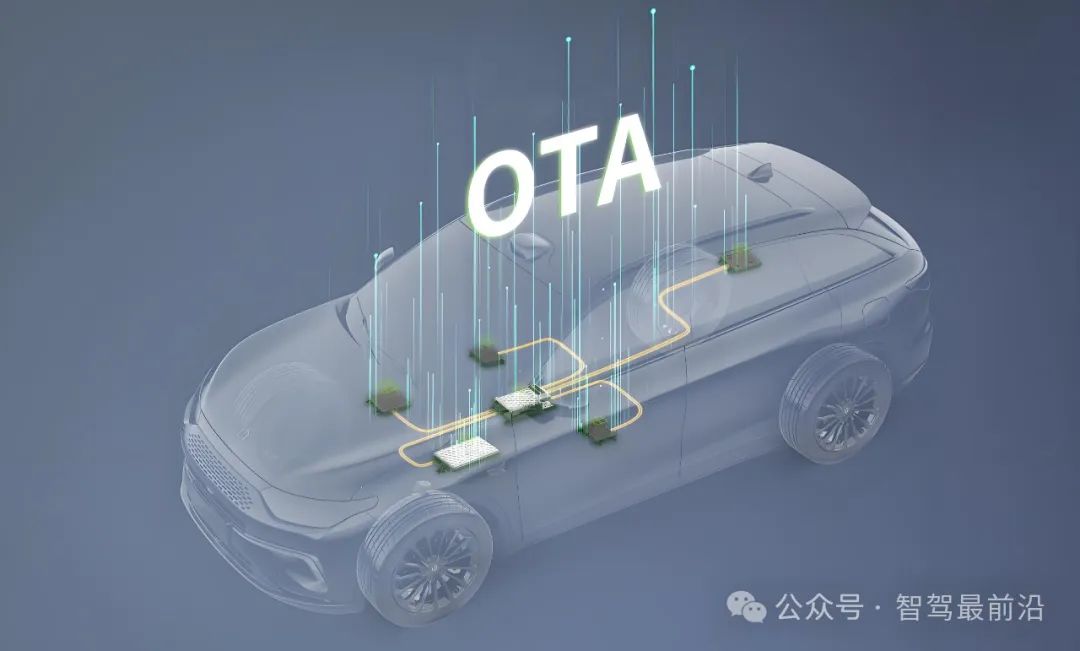
In terms of cost control, the self-research and supplier models exhibit distinct paths. Self-research requires substantial upfront costs, encompassing sensor procurement, computing platform construction, algorithm team building, and data annotation, all self-operated, with R&D costs amortized only after mass production reaches a certain scale. Conversely, adopting supplier solutions significantly saves R&D investments, as automakers only need to purchase off-the-shelf components or technology licenses, eliminating self-research trial and error costs. In the short term, purchasing supplier solutions is less costly and risks are more manageable. However, from a long-term perspective, if vehicle ownership is vast, the marginal cost of the self-research solution may be lower than the paid license. For example, Mobileye charges a significant licensing fee for its chips, and if a model sells hundreds of thousands of units annually, the cumulative licensing fee can be substantial; once a self-research chip is developed, only the chip manufacturing cost needs to be shared for each subsequent vehicle. Additionally, the cost of self-research can be considered a fixed asset investment, amortized through continuous mass production, whereas the supplier model involves continuous payment on a per-vehicle basis. In terms of cost controllability, the supplier model facilitates short-term budgeting; the self-research model may offer long-term advantages but places greater short-term financial pressure.
The importance of maintaining supply chain stability cannot be underestimated. In the autonomous model, automakers must construct their own supply chain ecosystem, deciding who to subcontract for chips and which company to partner with for sensor modules. Each hardware component may necessitate outsourcing but demands rigorous management to prevent stockouts. Conversely, the supplier model benefits from systematic support, often accompanied by a stable parts supply system (e.g., Bosch operates its own sensor factories, while Mobileye leverages Intel resources). This model provides carmakers with a comprehensive suite of services. However, reliance on suppliers also implies reduced flexibility in response. When a supplier undergoes acquisition or strategic adjustments, OEMs originally reliant on its technology may find themselves in a precarious position and must adapt their roadmap accordingly.
Passenger cars and commercial vehicles differ significantly in their priorities on this matter. Passenger car manufacturers often prioritize technological innovation and market buzz, willing to take greater risks with self-research to emphasize their brand's technological image. Hence, emerging automakers like NIO and XPeng are actively pursuing in-house research. Commercial vehicles (particularly heavy trucks and construction vehicles) emphasize stability and economy, often preferring supplier solutions that have undergone extensive testing. The Volvo Group's heavy trucks have collaborated with Autoliv and Silicon Valley technology companies to develop autonomous driving solutions and have attempted to build in-house teams. However, recently, they have partnered with Aptiv and Mobileye to integrate autonomous driving functions into existing telematics and ADAS modules, thereby reducing development costs. Domestic commercial vehicle manufacturers like Dongfeng primarily utilize Bosch's camera and radar suites, as well as Bosch MPC all-in-one devices for advanced driver assistance, rarely developing a complete system independently. In general, commercial vehicles' autonomous systems often adopt 'domestic collaboration' or 'hybrid solutions'.
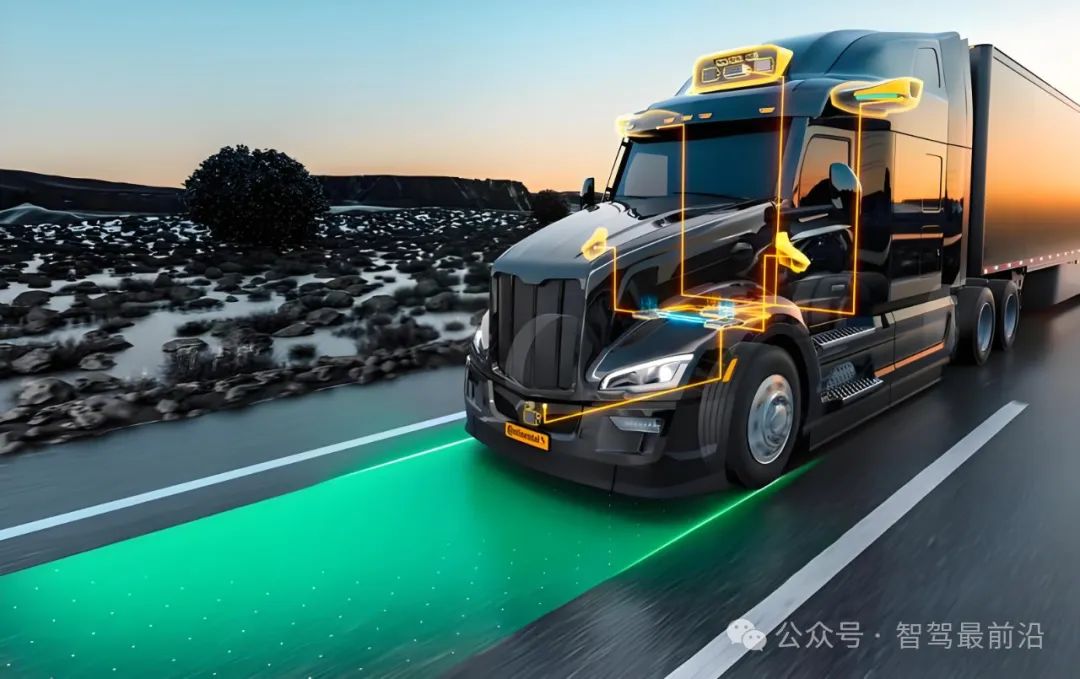
Many consumers believe that it is unnecessary to pursue cutting-edge technology when purchasing a car. They view autonomous driving as an auxiliary function, whose primary value lies in practical application as soon as possible rather than being the first to achieve the highest level of autonomy. From this perspective, relying on mature solutions from major suppliers enables vehicles to quickly integrate L2/L2+ features and achieve widespread market adoption. Companies opting for in-house R&D often view it as a means of differentiated competition and long-term strategic planning. The current market also sees numerous compromise approaches, with some automakers developing their own algorithms but collaborating with suppliers at the hardware level, or sharing cooperation at the software and data levels. For example, some manufacturers use fleet data to train on AI platforms provided by suppliers and share this data with other clients.

Summary
In summary, both in-house R&D and supplier models have their respective merits and demerits. The advantages of in-house R&D include high controllability, strong differentiation, and rapid closed-loop iteration. By charting their own technical path, companies can deeply integrate software, hardware, and vehicle platforms, enabling continuous upgrades of mass-produced models. However, the drawbacks include substantial investments, lengthy development cycles, and high risks, particularly in the initial stages when functions may be immature or pose safety hazards, necessitating robust financial and technical foundations.
The supplier model offers benefits such as controllable costs and risks, fast time-to-market, and high technological maturity, facilitating the swift adoption of stable assistive driving functions leveraging existing ecosystems. Its disadvantages include limited innovation, relatively slow updates and iterations, weak data closed loops, and potential issues like supply chain passivity and technological homogeneity.
For automakers, different strategic positioning and resource bases will dictate different choices. New entrants or brands under market pressure requiring rapid iterations often choose in-house R&D, while traditional giants or those with financial constraints tend to rely more on external resources. Regardless of the path chosen, it is crucial to weigh factors like sensing technology, computing architecture, data management, and economic benefits to ensure that the autonomous driving system is both safe, reliable, and competitive. Just like a marathon, some automakers choose to run the entire course solo, while others opt to relay with powerful teammates. The ultimate goal is to run faster, more stably, in their own style, and achieve their own results.
-- END --




